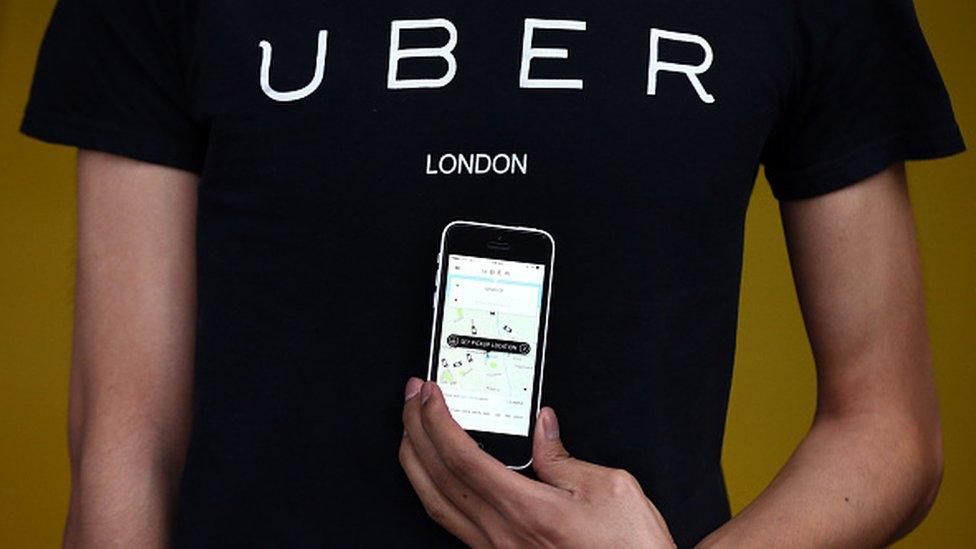London's 'gig' economy sees 72% growth
- Published
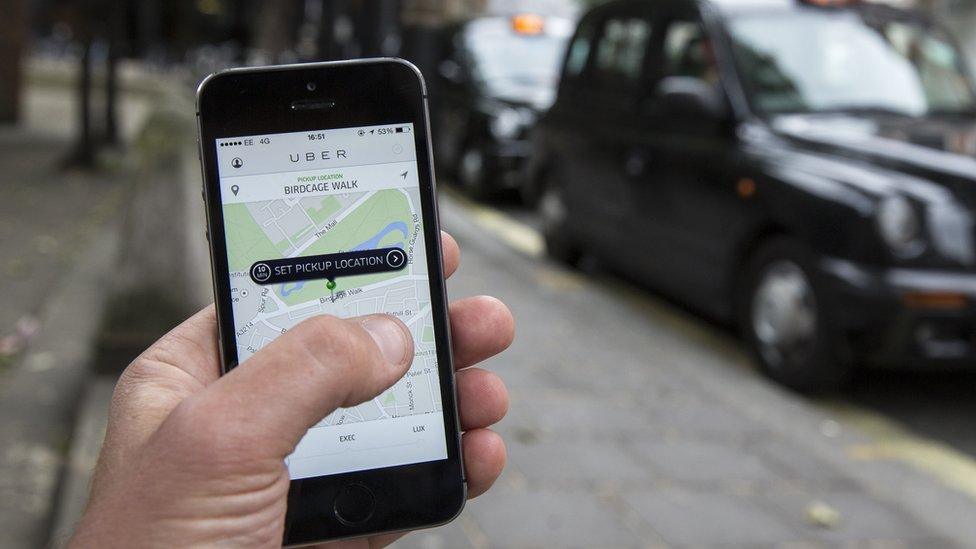
London's "gig" economy has grown by 72% in the transport and storage sector since 2010, research suggests.
The New Economics Foundation think tank said the number of people employed in this sector had risen from about 38,000 in 2010 to about 65,300 in 2016.
App technology and new business models have led to a rise in "gig" workers undertaking short-term, casual work, spawning firms like Uber and Deliveroo.
The government is currently reviewing what this means for workers' rights.
Typically workers in the "gig" economy use mobile phone apps to identify customers requiring delivery services or small practical jobs.
Stephen Devlin, senior economist from the New Economics Foundation think tank, said the next big growth area in the "gig" economy was expected to be in the cleaning and DIY trades.
The Department of Business, Energy & Industrial Strategy said it believed some five million people were working in the gig economy in the UK.
The Office for Budget Responsibility estimates the government may lose up to £3.5bn in tax revenues by 2020-21 as a result of the rise in self-employed "gig" workers.
However this could change depending on the outcome of pending court cases.
An employment tribunal in London ruled in October that Uber drivers should be classed as workers and were not self-employed.
John Moylan explains the significance of the Uber court case
Uber is appealing against the decision and there are further test cases pending, including one for CitySprint delivery firm.
Mr Devlin said the re-classification of workers in the "gig" economy as a result of legal cases, could herald the collapse of the "gig" economy in the UK.
- Published24 November 2016
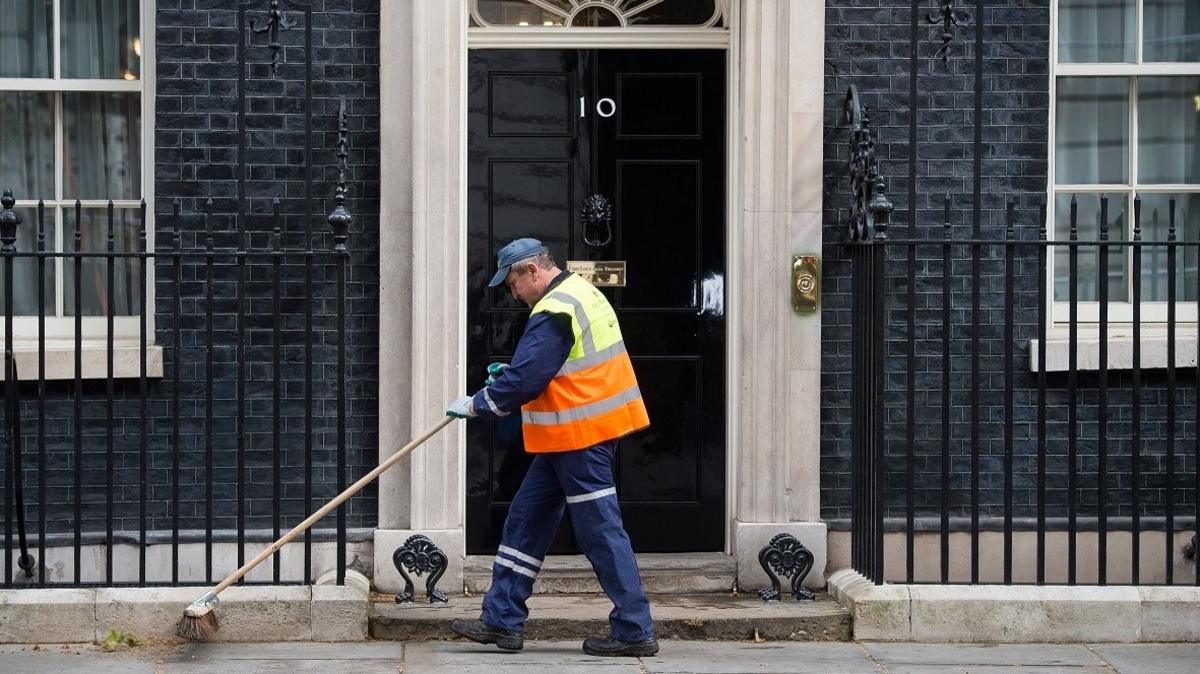
- Published22 November 2016

- Published8 November 2016
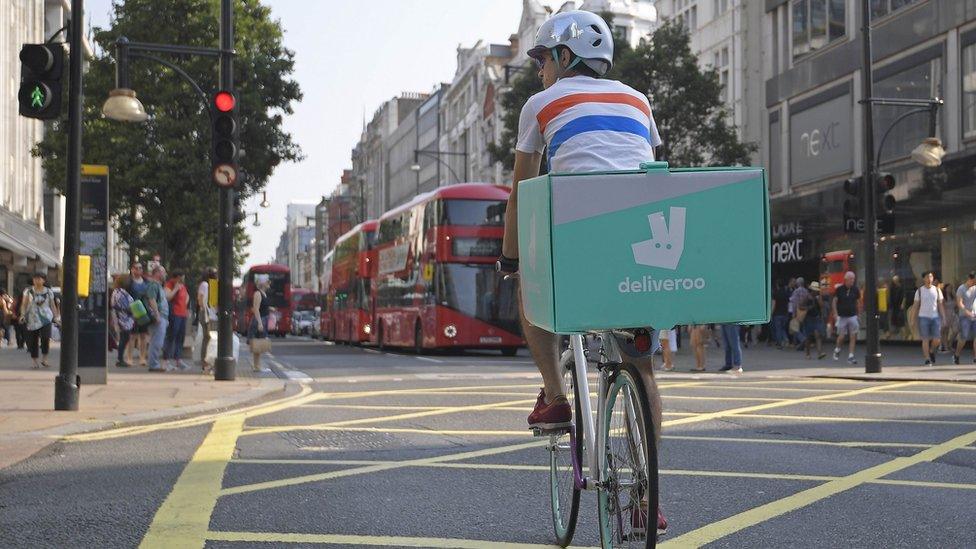
- Published16 September 2016
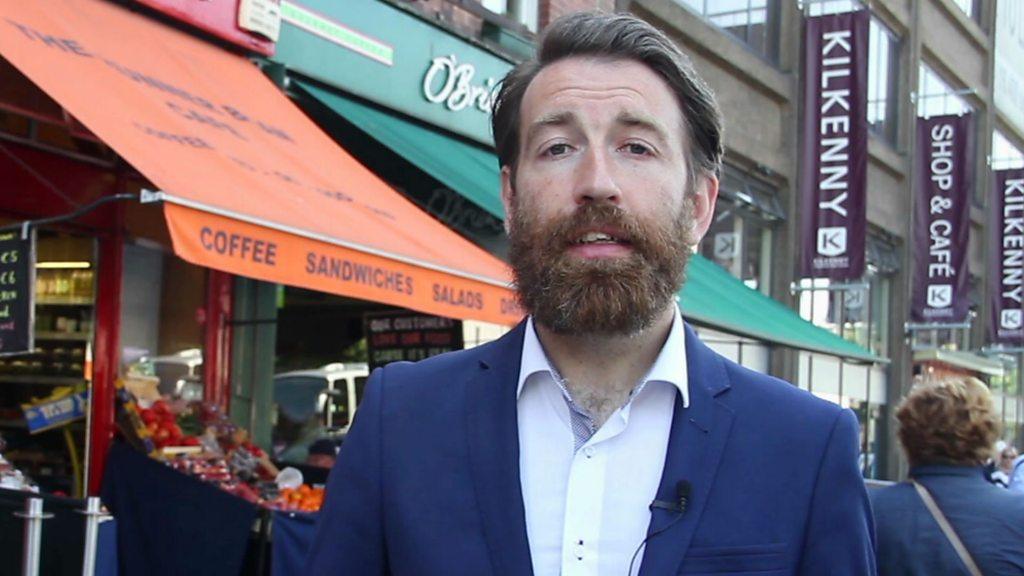
- Published10 October 2016

- Published28 October 2016
